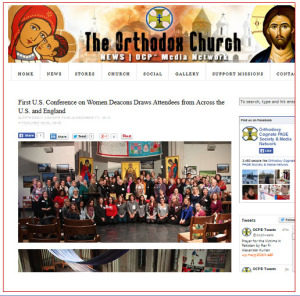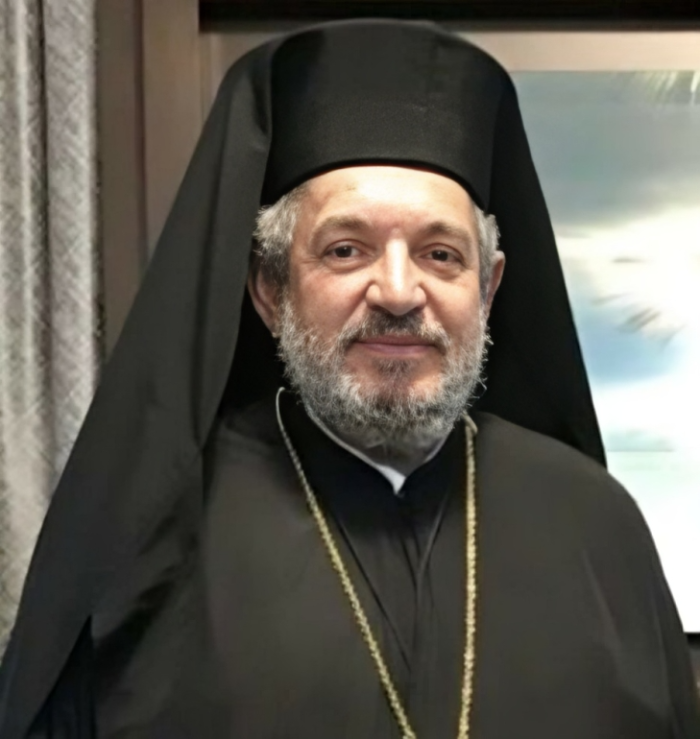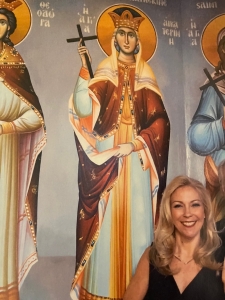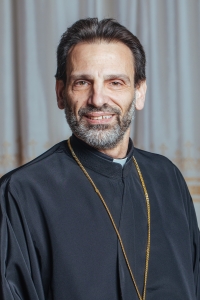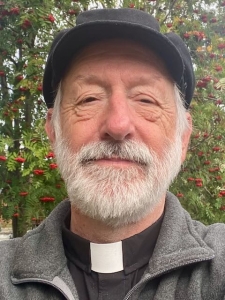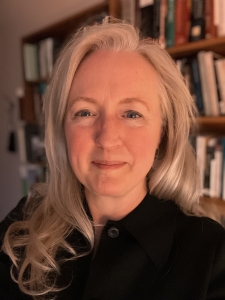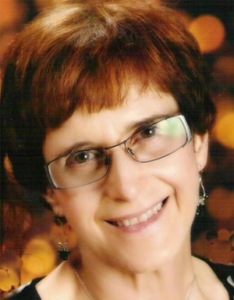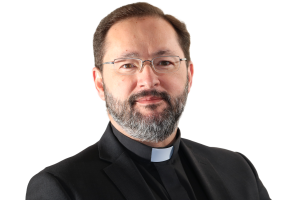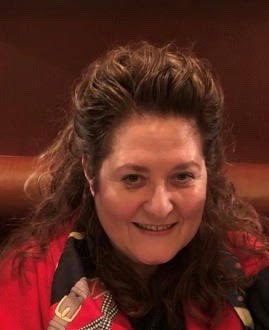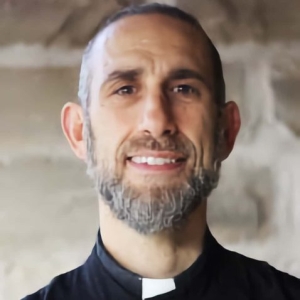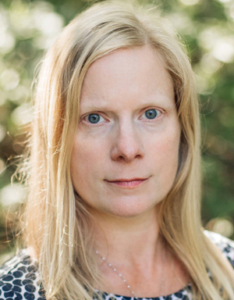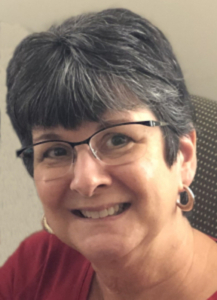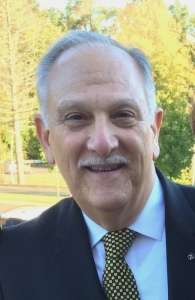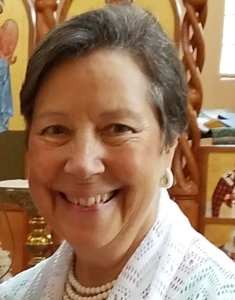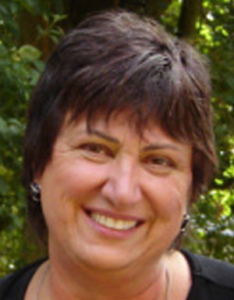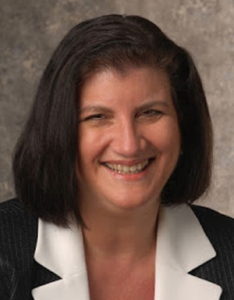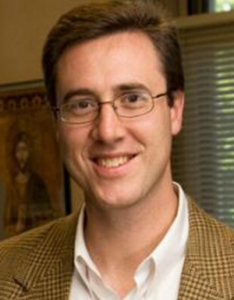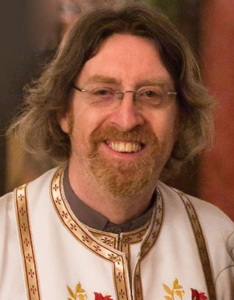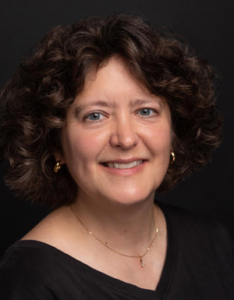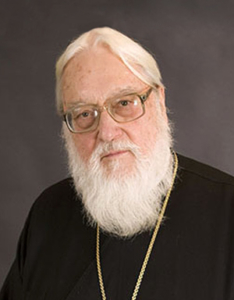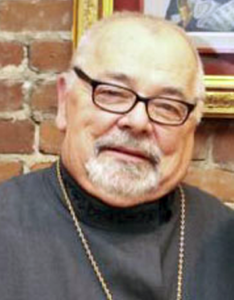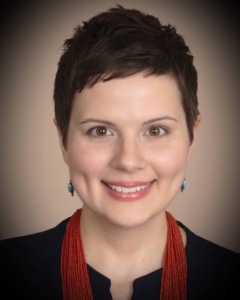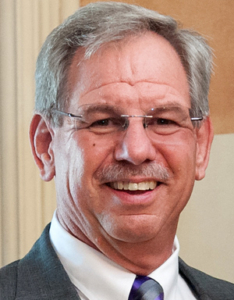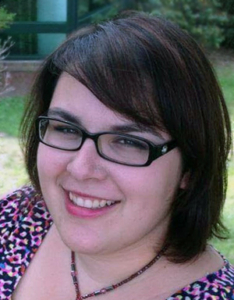New FAQ: Why are there no female deacons in the Orthodox Church today?
First, it is important to realize that although the female diaconate has fallen into disuse, the order has never been abolished or disallowed by any Ecumenical Council or canon of the Eastern Church. Theoretically, a bishop could ordain a woman to the diaconate today. (For instance, on Pentecost Sunday in 1911, Archbishop (now, Saint) Nektarios ordained a nun to the diaconate to serve the needs of her monastery.) However, he is unlikely to do so without the approval of the Synod of bishops of the autocephalous church to which he belongs.
In general, the question must be answered within the context of the decline of the diaconate of the church more broadly. From historical sources, we know that by the 7th century in the West, the male diaconate had become mostly a transitional office to the priesthood/presbytery and the ordained female diaconate, which had not been as widely accepted or exercised in the West, had disappeared. In both cases, the various (active) monastic orders seemed to have assumed many of the historical functions of these ministries.
In the East, both the male and female diaconates were more developed ministries. For instance, the male deacon prepared the offering, assisted in the liturgical celebration, preached, provided pastoral care to the flock, acted as an emissary of the bishop in church and philanthropic matters, etc. The deaconess helped with the baptism of women, taught and provided pastoral care for many of the newly illumined in her care, acted as an agent of the bishop in church matters and philanthropic activity, supervised in the liturgy, etc. However, with the fall of Byzantium the scope and function of the diaconate diminished greatly. Today, the male deacon generally functions almost exclusively in the liturgical realm and, oftentimes, the diaconate has become merely a transitional stage to the ordination to the priesthood/presbytery. The female diaconate has virtually disappeared. There does not seem to be any one factor that led to the diminishment of the diaconate for men and the disappearance of the order for women. Most seem to revolve around social-political realities.
In the early church, the two main ministerial orders were the episcopacy and the diaconate. As the Christianity grew and spread, the presbyter, a delegate of the bishop to the local community, assumed more responsibility for its ministerial and pastoral needs. Later, with the attacks against and eventual collapse of many of the centers of Christianity (e.g. by the Islamic Ottomans), the social and philanthropic outreach of the church—an important diaconal function—as well as its public presence, were more limited.* In addition, or as a result of the declining diaconate, some of the male diaconal duties were assumed by the priest/presbyter (e.g. preparation of the bread and wine for the offering, intoning some petitions, etc. in the liturgical celebration and pastoral care duties outside of the gathering) and/or the sub-deacon (assisting the priest in the liturgical celebration, intoning the petitions of the antiphons, etc.), hollowing out the ministry, but placing additional burdens on the presbyter particularly. The scope of the female diaconate had contracted over time as well. Once infant baptism became the norm, fewer deaconesses were needed to assist in the baptism of adult women. Eventually, the female deacon was limited to functioning mostly within women’s monasteries. Oftentimes, the abbess of the monastery was an ordained deaconess. While she continued to provide instruction and spiritual guidance to those under her care and serve in the liturgy, her ministry was exercised in a more limited context and out of public view. The rise of a more Levitical understanding of “uncleanness” after iconoclasm seemed to contribute to the disappearance of the female diaconate altogether, since it would have prohibited her liturgical ministry at certain times of the month. Moreover, the understanding of women as being “unclean” began to be applied to women more generally, limiting the liturgical activity of all women. (More information here.)
The 20th century saw a flourishing of liturgical scholarship and a serious look at the pastoral needs and institutions of the church, especially in the Christian West. (For the most part, western Christian scholars sought to reclaim the inheritance of the undivided Church, oftentimes by looking to its expression in the East.) Because of what has been called the Liturgical Movement, many of the Christian communities in the West reclaimed an understanding of the vital importance of the diaconate—a ministry of liturgy, word and charity. Today, the permanent diaconate for both men, and in some places women, is thriving in those communities, ministering more fully to the needs of their faithful and the world.
In the Christian East, calls for the reinstitution of the deaconess had begun in Russia in the 19th century. (See Calls for the Rejuvenation of the Deaconess in Modern Era.) In the early part of the 20th century, the Moscow Council (1917–18) discussed the issue (as well as a number of others aimed at ministering more fully to the faithful), but no action was taken at the time due to the Bolshevik Revolution. Soon, all the Orthodox churches in the “Eastern Bloc” would be subject to state suppression and any attempt at revitalizing church life at the institutional level (including a rejuvenated diaconate for both men and women) would be put on hold; they were concerned primarily with just surviving. These churches have only recently emerged from state control. Similarly, in the Greek-speaking world, the Church in the 20th century was only beginning to re-emerge after 500 hundred years of Ottoman rule. It has only been within the last hundred years that it has begun to re-engage with society and look at its pastoral needs, internal structures, and external mission. Notably, in 2004 the Church of Greece took steps to reinstitute the female diaconate to serve the needs of remote monasteries. (More information here.) Other ecclesial practices that have a much longer history than the disappearance of the female diaconate are beginning to be re-examined and reclaimed by the Orthodox Church as well. For example, frequent communion of the laity (which had fallen into disuse, by some accounts, as early as the 4/5th c) is now encouraged, the reading aloud of the prayers of the liturgy by the celebrant, especially the Anaphora, (a practice that had died out, in some places, as early as the 6th c.) is found in more places, etc. These renewed practices have contributed to the spiritual growth and enrichment of the faithful. Let us hope that the Church will reexamine and see the efficacy of a renewed and rejuvenated diaconate for both men and women similarly to meet the ministerial needs of Her faithful and the world for today.
*Because Christianity was brought to the Slavs during a certain epoch of its existence (i.e. after much of the social and philanthropic emphases of the diaconate had disappeared), the diaconate in the Slavic tradition has usually been more limited in scope and more particularly focused on its liturgical expression.
Orthodox Women in the Healing Ministries Resource
 Visit the website of Orthodox Women in the Healing Ministries and learn about the important work of this group.
Visit the website of Orthodox Women in the Healing Ministries and learn about the important work of this group.
As part of their mission, ‘the founders have defined all women as persons who “minister to others,” including priest’s wives, teachers, students, mothers and the like…”
Listen to the talks “Toward a Spirituality of Care” by Fr. Silviu Nicolae Bunta, Ph.D during their October 2015 retreat. These are found on the Ancient Faith Ministries website, where you will find other talks on the vital roles women play in ministry.
New Resources Now Available from Women & Diaconal Ministry Conference
These resources have also been added to the Women & Diaconal Ministry Conference page
Rejuvenating The Diaconate: Opportunities, Challenges & Steps
(Presentation Transcript) by Teva Regule PhD (candidate)
Altar Service Today (PDF)
by Teva Regule PhD (candidate)
Reclaiming the Tradition of the Church (PDF)
by Fr. Steven Tsichlis
Conference Presentation Materials Now Available
Opening Service Homily
by Dr. Ioana Popa Chirieac
Calls for the Rejuvenation of the Female Diaconate in the Modern Era
…………………………………………………………………………………………………..
The Tradition of the Female Deacon in the Eastern Churches (PowerPoint PDF)
Valerie Karras, ThD, PhD and Caren Stayer, PhD
(find the audio file of this presentation on our main conference page)
…………………………………………………………………………………………………..
Spiritual Direction (Presentation Transcript)
Sister Rebecca Cown, New Skete Monastery
Ministries of the Word (Presentation Transcript)
Professor Susan Ashbrook Harvey
Parish Administration & Outreach (Presentation Transcript)
AnnMarie Mecera
Chaplaincy (Presentation Transcript)
Clio Pavlantos, MA, CMA, MDiv, BCC (Provisional)
(find the audio file of these presentations on our main conference page)
……………………………………………………………………………………………………………….
Rejuvenating the Diaconate: Opportunities, Challenges & Steps (Presentation Outline)
by Teva Regule PhD (candidate)
(find the audio file of this Fr. Steven Tsichlis’ presentation on our main conference page)


